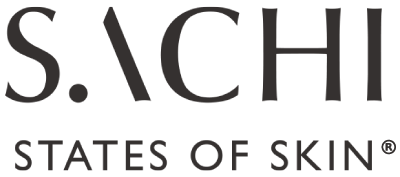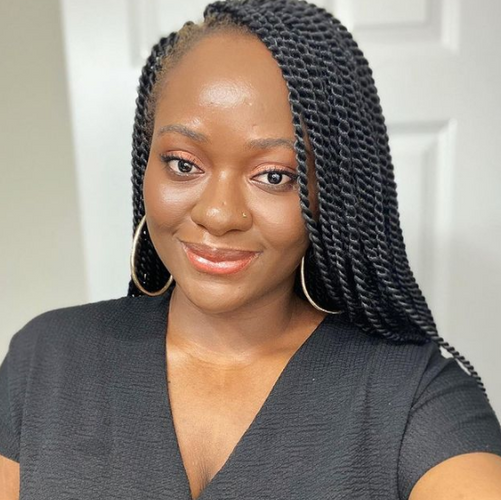4 min read
Retinoid Series
We know that incorporating Retinoids into your routine for the first time can be challenging or even scary for some. When not properly formulated or used incorrectly, it can induce skin irritations and hinder the great benefits of retinoids. This series is really about eliminating some of these fears so you can be confident using this ingredient in your routine with ease.
If you haven’t already read Part 1 & Part 2 - we touched upon starting your retinoid journey, how to use them and what key mistakes to avoid.
In Part 3, we revisit the “Do’s and Don’ts” of using retinoids and debunk some popular myths.
First Up: A Recap on Retinoid Don'ts

Retinoid Dos:
Always wear high SPF sunscreen
Always use a small controlled amount of product
Always start slowly and buffer
Always use alongside barrier supportive products
Retinoid Myths
I heard that we cannot use retinoids during the day and in summer?
Retinoids can be used both AM/PM. However, most retinoids will be labelled for PM use as sunlight can degrade Vitamin A easily, especially if you are not using adequate sunscreen.
If you are using these in summer and during the day, using them alongside adequate sun protection will be essential. Retinoids increase the sensitivity of the skin to the sun and a lack of sun protection can increase the risk of skin irritation and sunburn.
Is it true that retinoids are exfoliants?
No, retinoids stimulate or normalise cellular turnover so that your skin smoothes over a period of time; they do not slough off the shedding outer layer of skin. Exfoilants work by a different mechanism which loosens the bonds that hold the shedding outer skin layer together, causing them to slough off easily.
I also heard that retinoids and exfoliants cannot be used in the same routine?
That's not entirely true. When you first start your new Retinoid treatments you will want to naturally avoid exfoliants to avoid the risk of irritation, redness, sensitivity and dryness. However over time, your skin will become acclimated to your retinoid. These side effects will disappear as your skin gets used to your retinoid treatment and this might then be a good time to introduce exfoliants back into your routine. Both retinoids and exfoliants can have remarkable skin smoothing and clarifying effects on the skin but they also have similar side effects so you will want to manage how often you use them in your weekly routine, the best way being to alternate days of use in order to avoid the risk of irritation.
We also recommend keeping the rest of your routine as simple as possible initially when starting a new product like a retinoid to see how your skin responds and what is the best frequency of use for you.
Can retinoids thin the skin?
Retinoids do not “thin” the skin in a way you might be thinking. In fact, they help stimulate the cellular renewal process, boost collagen and thicken the skin in the dermis which in turn helps address fine lines, wrinkles and makes the skin healthier looking. This is why many notice a skin-smoothening effect when using Retinoids.
They do however thin the outermost layer of "dead" or "shedding" skin otherwise known as the stratum corneum which can actually help with the penetration of active ingredients (like Triphala Pigmentation Corrector). But you will want to be careful not to overuse retinoids and disrupt the skin's natural barrier mechanism.
Is it true that all retinoids work the same?
Different retinoid molecules work with different levels of potency - this will depend on the conversion process and if the retinoid takes longer to convert to Retinoid Acid. For example, when retinol is applied topically to the skin, the enzymes in our skin will convert the retinol into retinaldehyde and then into retinoic acid, which in turn means the results are slower with fewer side effects. Retinaldehyde is regarded as being more potent than retinol as it is only a 1 step conversion to Retinoic Acid (see our diagram in Part 1), although it's important to remember that the overall formula is what matters.





